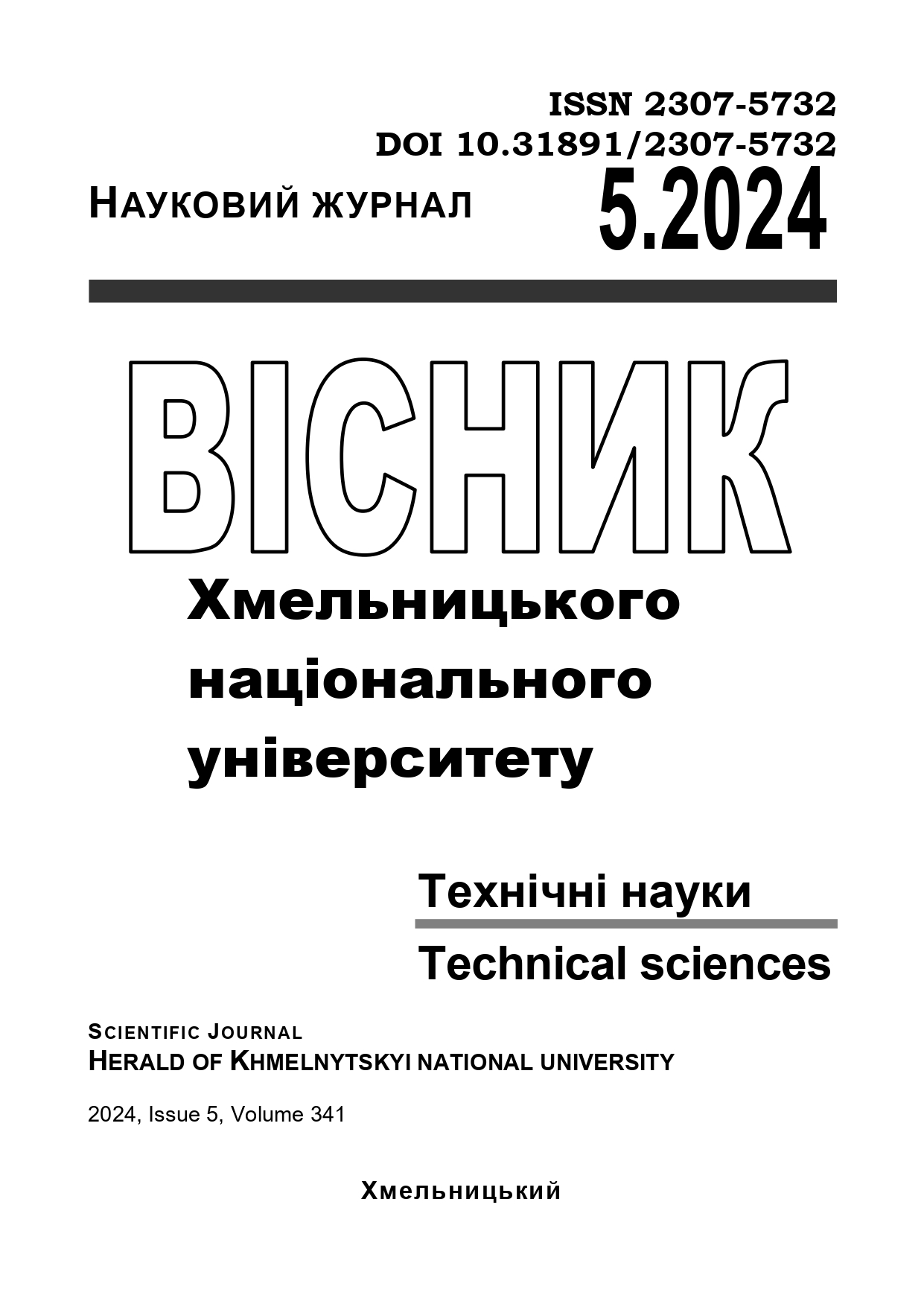A MATHEMATICAL MODEL FOR THE DETERMINATION OF THE ORIGIN OF CONSUMER ELECTRICITY FROM RENEWABLE ENERGY SOURCES IN THE ENERGY SUPPLY SYSTEM
DOI:
https://doi.org/10.31891/2307-5732-2024-341-5-42Keywords:
origin of electricity, mathematical model, computer modeling, low-carbon energy sources, renewable sources of energy, matrix of LCES power distribution coefficientsAbstract
This article presents a method for assessing the share of electricity consumption of a particular consumer that is provided by renewable sources of energy (RES). In particular, we are talking about estimating the share of electricity of a particular consumer that it receives from low-carbon energy sources (LCES). Confirmation of the origin of the consumed electricity allows manufacturers to produce products with green labeling and/or improve the company's image among customers, investors, and partners. The method is based on methods and algorithms for calculating the steady-state modes of power grids. The method is based on a mathematical model for determining the components of electricity flows in the branches of the power grid circuit, which uses the coefficients of current distribution in the branches of the circuit from nodes with generation sources and nodal voltages. As a result, a matrix of power distribution coefficients in the branches of the power grid is formed. Since renewable energy sources, including renewable sources of energy (RSE) and nuclear power plants in electric power systems (EPS), use general-purpose power grids to transmit the electricity they generate, determining their share of power in the flows allows us to take into account the influence of different generation sources on the parameters of the EPS mode. In this paper, we calculated the steady-state mode of a 14-node circuit with different voltage classes (110 kV and 220 kV) and different energy sources, including renewable energy sources. In particular, by calculations using the method of guaranteed power origin, power flows in the branches of the electrical circuit and power losses in them were determined. The results of computer modeling in the Power Factory software package are commensurate with the results of calculations, which confirms the adequacy of the method.

